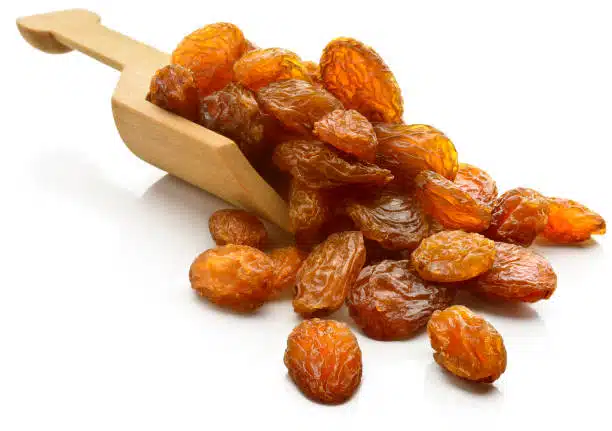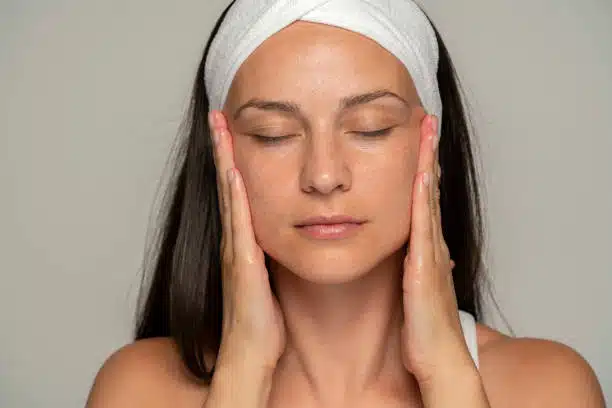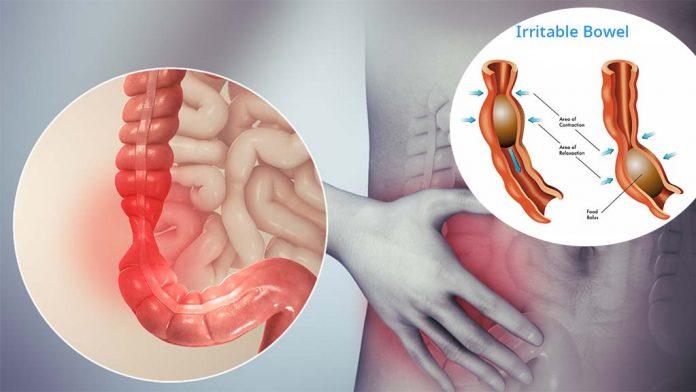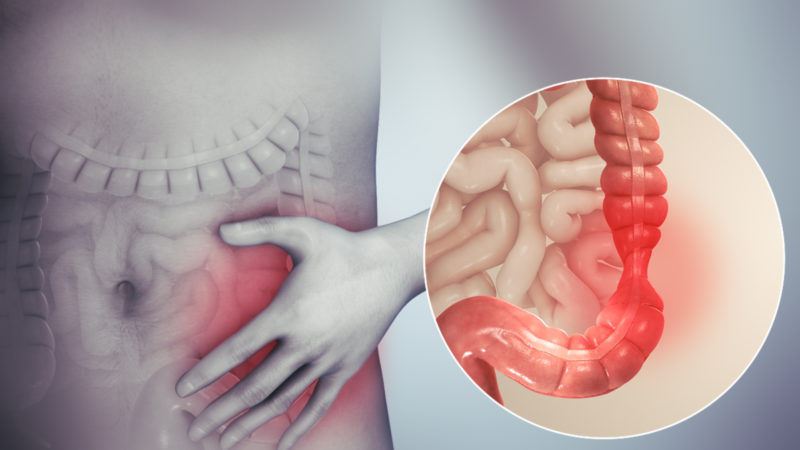How Can You Prevent Dead Arm Syndrome?
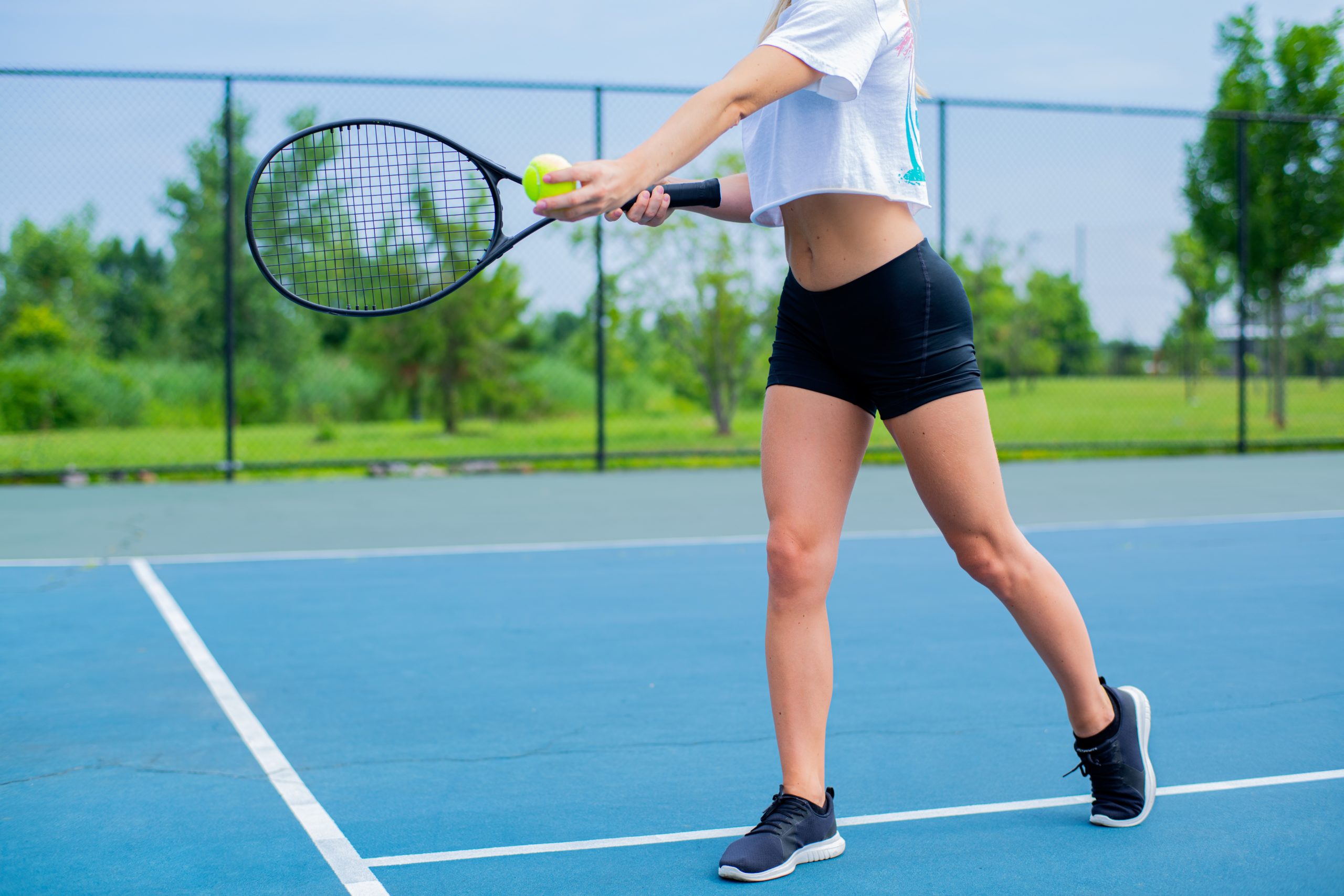
Dead arm syndrome is a condition affecting the shoulders. It usually happens due to repetitive movement placing stress on joints. Over time shoulders tend to become unstable, which causes pain and discomfort in the affected area. Dead arm syndrome makes performing overhead motions difficult, like serving tennis balls or pitching a baseball.
If you are into sports, you are more likely to experience dead arm syndrome. Similarly, you may be more at risk if you lift your arm repeatedly while doing manual work. If you want to learn everything about dead arm syndrome, then keep reading this post.
Here we will explain some common causes and symptoms as well as treatments for dead arm syndrome.
symptoms of dead arm syndrome
Dead arm syndrome usually causes weakness or pain in the upper arm region caused due to throwing movement. It starts slowly but at times can also happen suddenly while you speed throw your arm.
In addition to causing weakness and pain, this condition also makes your arm feel dead or limp. Some common symptoms to watch out for are:
- stiffness
- reduced throwing speed
- fatigue in the affected arm
- numbness or tingling
- inability to throw with force
- reduced control while moving shoulder
Causes of dead arm syndrome
Dead arm syndrome is most commonly caused because of overuse. Repetitive movements like throwing a ball tend to stretch the ligaments in the shoulder. Ligaments are basically bands of tissues connecting bones and supporting joints. When ligaments stretch, they tend to become loose and cause shoulder discomfort and instability.
Dead arm syndrome can also be caused when rotator cuff tendons get injured. The rotator cuff muscle group and tendons keep the upper arm bones in place. It helps to stabilize the shoulder, which gives you a full range of motion.
However, at times, movements like throwing put a lot of force on the shoulder. This means that your shoulder rotator cuff needs to put in more work in order to stabilize the shoulder movements. When this happens repeatedly, rotator cuffs can get injured and cause dead arm syndrome.
Who’s at risk for dead arm syndrome?
Some people are more at risk of dead arm syndrome than others. These include people who repeatedly perform the throwing or overhead motions.
These individuals include:
- Water pop players
- Baseball pitchers
- Tennis players
- Volleyball players
- Manual laborers
- Young athletes
Dead arm syndrome treatment
Dead arm syndrome treatment includes improving shoulder strength and stability. The best way to approach depends on the severity of the injury and how often you perform throwing movements.
Treatment may include:
- REST-It is essential to give your body enough rest whether you experience severe or mild symptoms. This will prevent the symptoms from worsening.
- PHYSICAL THERAPY- when you feel your shoulder condition improving, go see a physical therapist. They will show you the right way of doing shoulder strengthening workouts.
- ICE- apply ice compress on your shoulder to relieve pain.
- Anti Inflammatory Medicine- anti-inflammatory drugs like ibuprofen help in easing the pain.
- Surgery- if any of these treatments fail, you will have to get surgery. The surgeon will repair the broken ligaments and tendons of your shoulder.
If you get the surgery done, you will be asked to wear a sling and start physical therapy for 4 to 6 weeks post-surgery. Also, before you get back to your usual activity and play sports, your doctor will provide you a regimen. This program will help in gaining back shoulder strength.
It is important to consult with your doctor post-surgery before starting any activity. Returning too soon may re-injure the area and may also extend healing time.
Overall healing time depends on the dead arm syndrome. If The symptoms are mild, it may take a few days to heal; however, if you have a severe injury or require surgery, then you will need to take off for 2 to 4 months and sometimes even upto a year.
How to prevent dead arm syndrome?
It can be difficult to avoid using your shoulders, especially if you are into sports or professional athletes. However, there are a few things that you can do to prevent dead arm syndrome.
Follow these tips:
- Do shoulder strengthening exercises. Keep your upper back, core and shoulders engaged while doing the exercises. This will also help in improving shoulder stability.
- Use the right technique. Take your time to learn proper techniques. This is the best way to minimize any chances of injury.
- Change body positioning. When possible, switch the way you perform your activity by performing overhead movements. This will minimize the stress put on your shoulder
- Do regular stretches. Follow a proper stretching routine to suit your sport. Always condition and stretch your body before and after playing your sport.
- Rest- give your body enough rest, especially after intense periods of activity. Limit your throws during practice.
Final Words:
Dead arm syndrome is a result of overusing shoulder joints and muscles. It happens when repetitive overhead motions like throwing a ball can injure tendons and muscles in the shoulder.
Some common symptoms to look out for include weakness, pain, and numbness in the upper arm area. Athletes who are into sports like water polo, tennis, baseball tend to develop this condition. Manual laborers reaching overhead are also at higher risk.
Treatments for dead arms include anti-inflammatory drugs, ice compress, and plenty of rest. You should also do shoulder strengthening exercises to improve shoulder stability.
Luckily, now you can minimize the dead arm syndrome by taking a rest and using the right techniques. Doing proper stretches and strengthening exercises will helps the condition to subside and make your shoulders strong.

